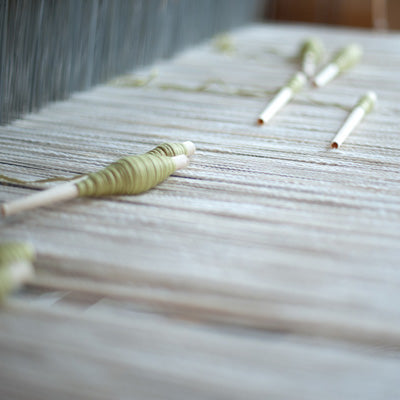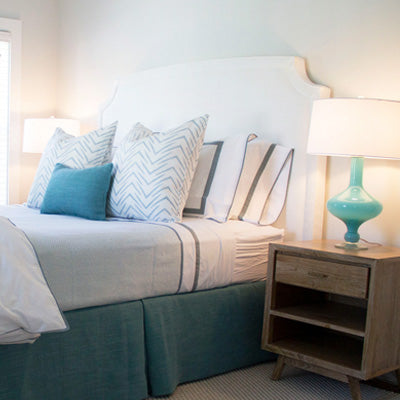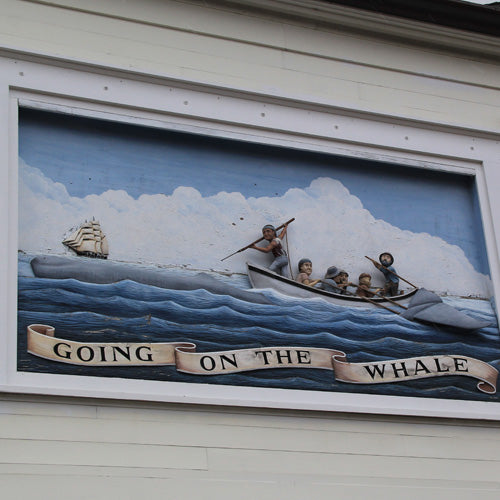
Nantucket Looms | A Tradition of Weaving
People may be surprised to learn that there really are looms at Nantucket Looms. In actuality, there are six. And seated at each is a weaver immersed in the work of production hand weaving - the craft that has been at the core of this iconic shop since it opened in 1968. While the times have changed, the technique for creating a Looms’ throw, blanket or and scarf is as it always was. We stepped into our customer’s shoes recently and spent a morning with master weaver and company CPO, Rebecca Peraner.

Peraner oversees the Looms’ team of talented women weavers, and is the soft-spoken mastermind behind the exquisite hand wovens that the Nantucket Looms produces, having trained under Looms’ founding partner Andrew Oates in the Anni Albers and Billy Baldwin tradition. Exquisite in their simplicity, the hand wovens that come out of the studio are heirloom-quality, “functional art” and very much speak to the company’s tradition of timeless classic design.


The weaver controls the series of treadles very systematically, sliding the shuttle through the “v” of delicate fibers, constantly gaging the tension to ensure that the weave structure is perfect. As she progresses, the small run of the woven textile is wound at the front of the loom. When the run is complete, she will remove it from the loom and finish the piece – a process which involves brushing, “fringing” and inspecting it to ensure it meets the high, exacting standards of its creator.

Weaving requires mental endurance. It is repetitive, some might find it tedious, but for Peraner and her weavers, the process of marrying exquisite fibers with classic design and creating something new and richly beautiful has become a life passion.
You can hear the sound of the looms’ rhythmic beat when you walk into Nantucket Looms. We invite you to visit the second floor weaving studio the next time you are on island.


